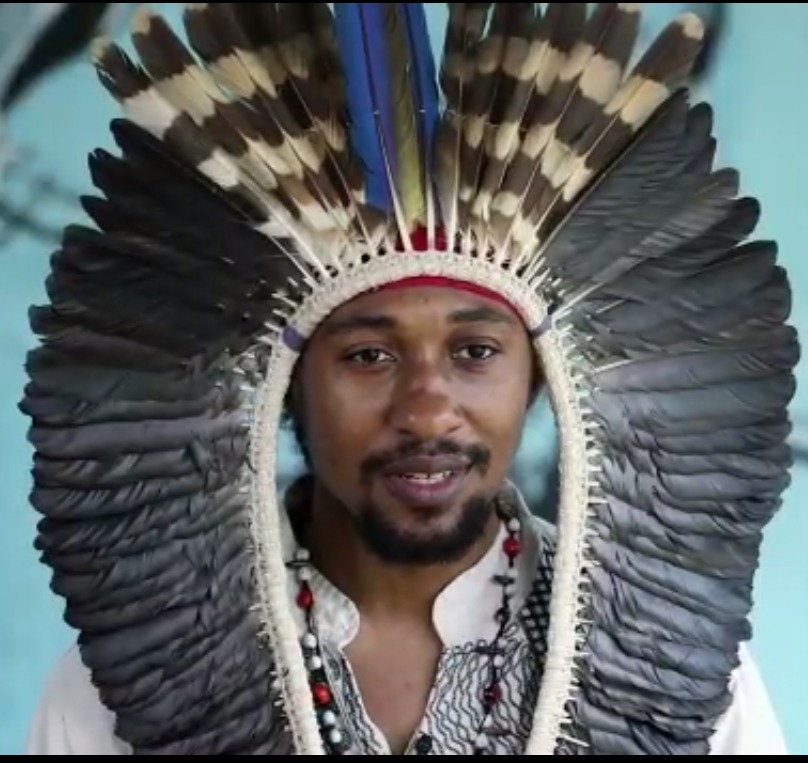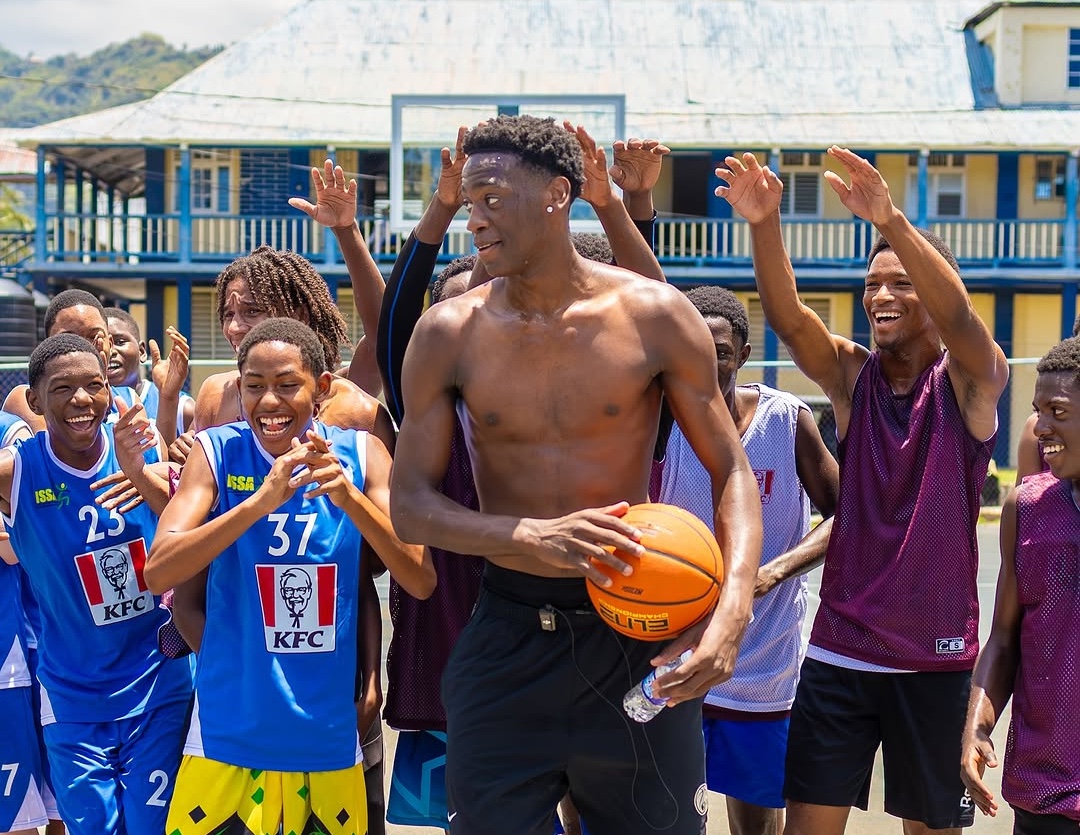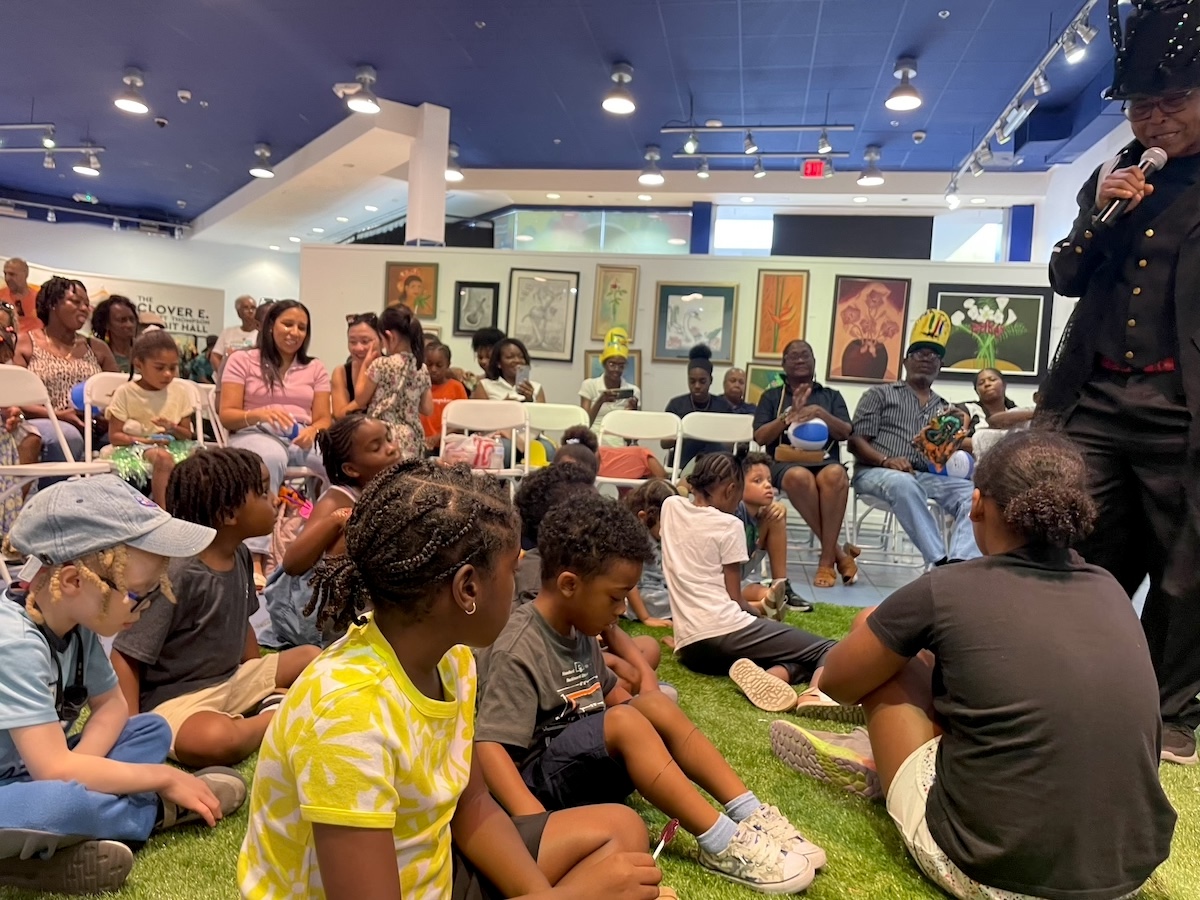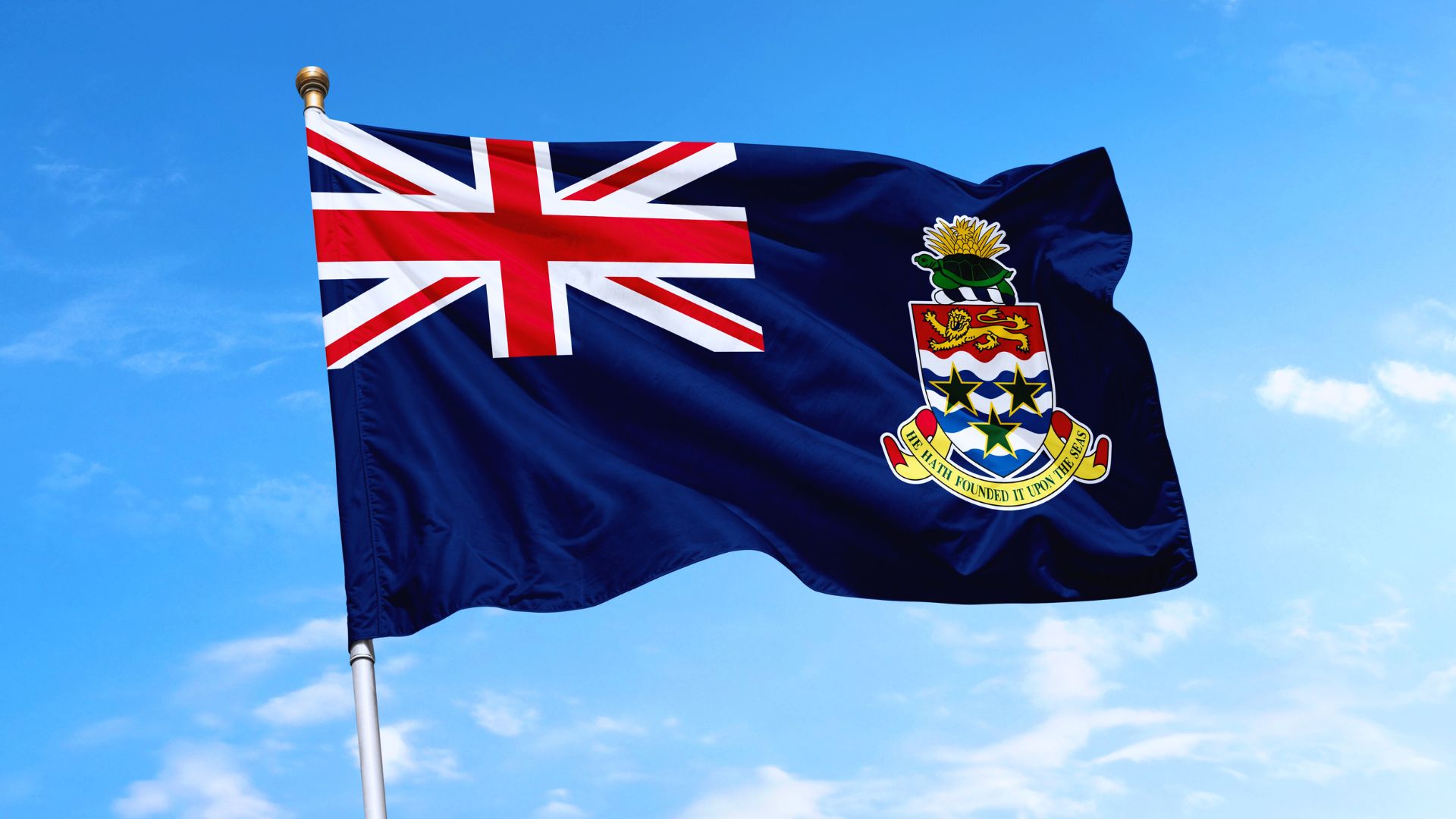Socially, Robert “Kalaan” Pairman is first and foremost a Behike (Taino medicine man) and was chosen and appointed Kasike (Taino Chief) for the Yukayeke Yamaye Guani (Jamaican Humming Bird Taino People). He now walks with the Taino name “Nibonrix Kaiman”.
Kasike Nibonrix Kaiman is a member of Consejo de Medicina Ancestral Indígena Originaria del Abya Yala (Council of Ancestral Indigenous Medicine of the Americas), the Main organizer for Caribbean Region Peace and Dignity Journeys which is an inter-tribal spiritual run connected to ancient prophecies of the Americas, member of “ Responsables Espirituales Originarios del Guyrapoi, Kuntur, Quetzal, Aguila and Warawao” ( R.E.O.G.K.Q.A.W ) with responsibility for maintaining traditional ceremonies in the Caribbean and sits on Y.C.O.I.L (Yamaye/ Jamaica Council of Indigenous Leaders).
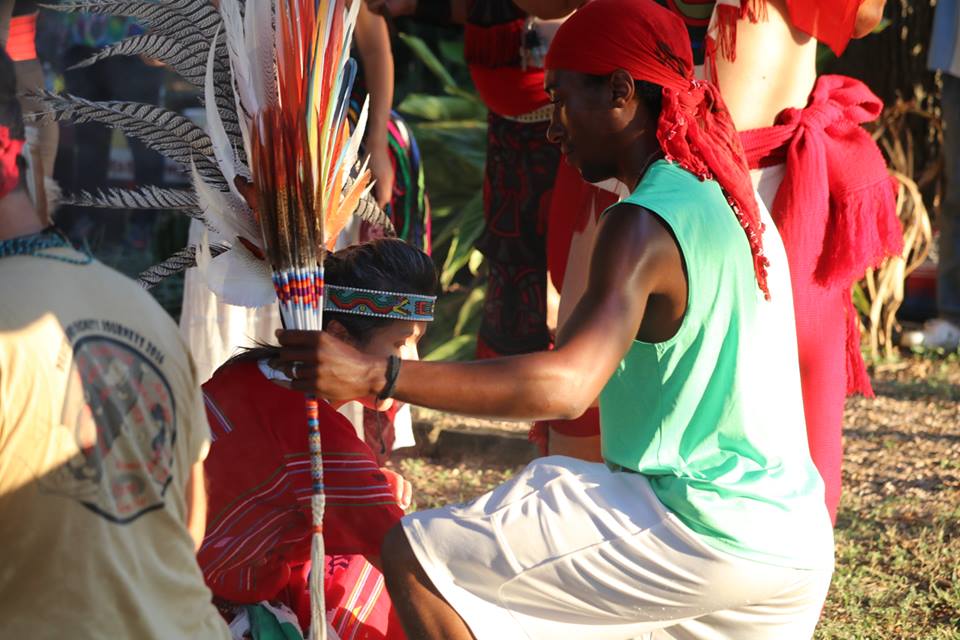
Q: Tell us about your journey to discovery you were a descendant of the Taino people? Did it include DNA testing?
In all honesty, my journey was never intentional, simply answering a calling and healing wounds in my family. I have always had an affinity towards native American culture and respect and acknowledgment of our island’s indigenous people. I had assumed that was a norm for everyone as they are on our coat of arms, on all legal documents, on our exercise books at school.
I always believed that the narrative of extinction was wrong but never actively pursued further study.
In 2012 I was taught a healing modality from the Andes mountains by a practitioner researching his Jamaican paternal line. This introduced me to the Native American prophecy of the Eagle and the Condor and 4 years later I had the opportunity to participate in the fulfillment of this prophecy through my involvement in the Peace and Dignity Journeys, an inter-tribal prayer run connecting indigenous peoples of the Americas.
Spiritual runners start from Alaska and Argentina, running the continent to meet at a designated place, I represented the Indigenous People of the Caribbean and ran from New York to Panama.
As part of the Caribbean contingent connecting with Taino relatives with ancestry from Puerto Rico, Dominican Republic, and Cuba in preparation for this activity my grandmother said to me one day while training, you remind me of my father, he used to say him is “Maroon Coolie”, I understood her use of Coolie meant Indian, not East Indian. I had already been connecting when I had learned that the connection I had was ancestral, not just respect.
On the journey connecting with other Taino descendants learned more about myself and confirmation on some of the small practices done in my family. I did further research into my Genealogy and learned that many Taino descendants in Jamaica today believe they have East Indian heritage but through doing research you can easily confirm, if the Indian ancestor predates the arrival of East Indian indentured servants then chances are they are the Indigenous people of Jamaica. With the retention and oral tradition out in the open as it relates to my family, there was never any need for a DNA test.
Q: My accessory DNA states I am 1% indigenous from Central America but no details on the people. With the popularity of DNA testing platforms where people can find out their ancestry is there a push to add details on indigenous people like the Tainos?
Today most Taino in the diaspora use ancestry.com or 123&me then export their information to be used on a website called GEDMATCH.COM, there Dr. Juan Ramon Aviles a Taino Descendant himself had uploaded the publicly available Genome information from the 1000-year-old Taino woman remains found in the Bahamas.
Through comparing you can definitely confirm whether or not your Native American DNA is in fact Taino/ Caribbean indigenous. I was pleased to be a part of the Indigenous stakeholder’s group to review the work Harvard had done on the Caribbean remains they also tested and a lot of the information found confirmed what archaeologists believed about migration from South America.
We were also successful in connecting the Harvard researchers with our Archaeologists at UWI so that specific information as it pertains to Jamaica can be made available utilizing the current technology on Genome-Wide Testing. As the number of persons matching to Taino DNA on Gedmatch increases, I believe it will have a ripple effect on other platforms, so It should be forthcoming for a test to say Indigenous Jamaican / Puerto Rican/ Cuban or simply Indigenous Caribbean.
Q: What test can you do to find out if you are a descendant of the Tainos people?
Normally there is an oral tradition, the next step is to confirm through genealogy example I gave is whether or not the “Indian” ancestor was here prior to the arrival of East Indian Immigrants. The final option is DNA, but as you state native American DNA without the genealogy or the oral tradition could be a northern, central, or south American indigenous ancestry and not necessarily from the Caribbean.
Q: Many were taught in school (including myself) that the Arawaks lived in Jamaica before colonization? We now hear that Arawak was a language and the Tainos were the people? What is the correct history?
The correct history is that Arhuaco or Arawak people lived in South America, many different tribes speak an Arawakan language and the people of the Caribbean were related to the people from South America but culture evolved separately after several hundred years, at a point in time there was a distinction between Arawak and Island Arawak as was done with Caribe and Island Caribe.
To simplify, the distinction was made that Island Arawak would be referred to as Taino by an academic scholar, though there is no evidence our people referred to themselves as Taino, each islands people had a name for themselves, the Yamaye of Yamayeka /Jamaica, the Boricua of Boriken/ Puerto Rico, the Kiskeyano of Kiskeya (the Dominican Republic including Ayiti/Haiti), similar for Kuba and elsewhere. Today Taino is the classifier used for Island Arawak people as a collective.
Q: What words that we used today have direct connections to the Tainos people?
There are the names of some plants, animals, and places that still hold Taino names as this is where the colonizers discovered and learned of them, having 2 colonizers the English further dismantled a lot of our retention as they replaced a lot of our words which remained in the Spanish speaking Caribbean:
Tobacco comes from Tabaku (which is actually the pipe not the plant used, the plant is called Cohiba still called that in parts of Cuba)
Barbecue comes from Barbacoa
Hurricane from Hurakan (Hura-wind, nacan- centre)
The blackbird in Jamaica is called Cling cling its indigenous name is chinchilin
Guava comes from Guayaba
Iguana,
Manatee,
Coney,
Caiman (indigenous word for crocodile)
Tuna (the plant) , Maka, Guiacum (the scientific name for Lignum Vitae is actually the indigenous name).
More was shared on a YouTube presentation done with National Museum earlier this year on Taino day
Q: Has your research found any evidence of the Maroons‘ relationship with the Tainos people?
Yes Indeed I myself have maroon ancestry as well, the first maroons were the Taino who some were already using the mountains and upon the arrival of the colonizers settled in the Blue and Johncrow mountains. When the Spanish released the enslaved (which also included indigenous people of the island) they all went to settle in the blue mountains as well so the African enslaved and the indigenous intermingled in these communities, research of Old Nanny Town confirms this.
This was also reaffirmed during my investiture ceremony in 2019 when Taino Elder Bibi Inaru shared with those in attendance that the maroons and our ancestors are relatives having practiced the sacred Watiao (friendship) ceremony.
Q: What does the artifact evidence tell us about the Tainos in Jamaica?
The Artifacts speak about our ancestors being unique, oral tradition speaks towards us having a closer connection with Cuba than the other islands, our ancestors dwelt in caves and honored many birds as sacred.
There is no evidence of a Batey court here for the ball game so some in the community have assumed that specific islands like Puerto Rico may have been a space in which from all islands would gather to settle issues and join in ceremony.
Our artifacts also show our continuity, as there are pieces that depict Spanish soldiers in their attire. Our artifacts confirm the sacredness of our caves, our rivers, specific birds, and sea creatures. I appreciate the diversity of our craftmanship to that of our other island relatives encourages us as descendants today to search for our truth and not cling to research coming from the other islands.
Q: What does it mean for you to identify as a member of the Tainos people?
As a Yamaye Taino I acknowledge all aspects of my ancestry, African, European, and Caribbean Indigenous. To preserve, practice, and teach our ways for future generations is an honor, as I learned on my journey many knew who they were but did not have the strength to speak up, many families had been ridiculed into silence by the established systems carrying the extinction narrative.
I am proud to stand and honour my ancestors and to support those who stand with me to bring balance to themselves, their families, and eventually our nation.
Indigenous rights have always been tied to human rights, as the native American teachings always speaks towards respecting all of our relatives, plants, stones, animals, and people.
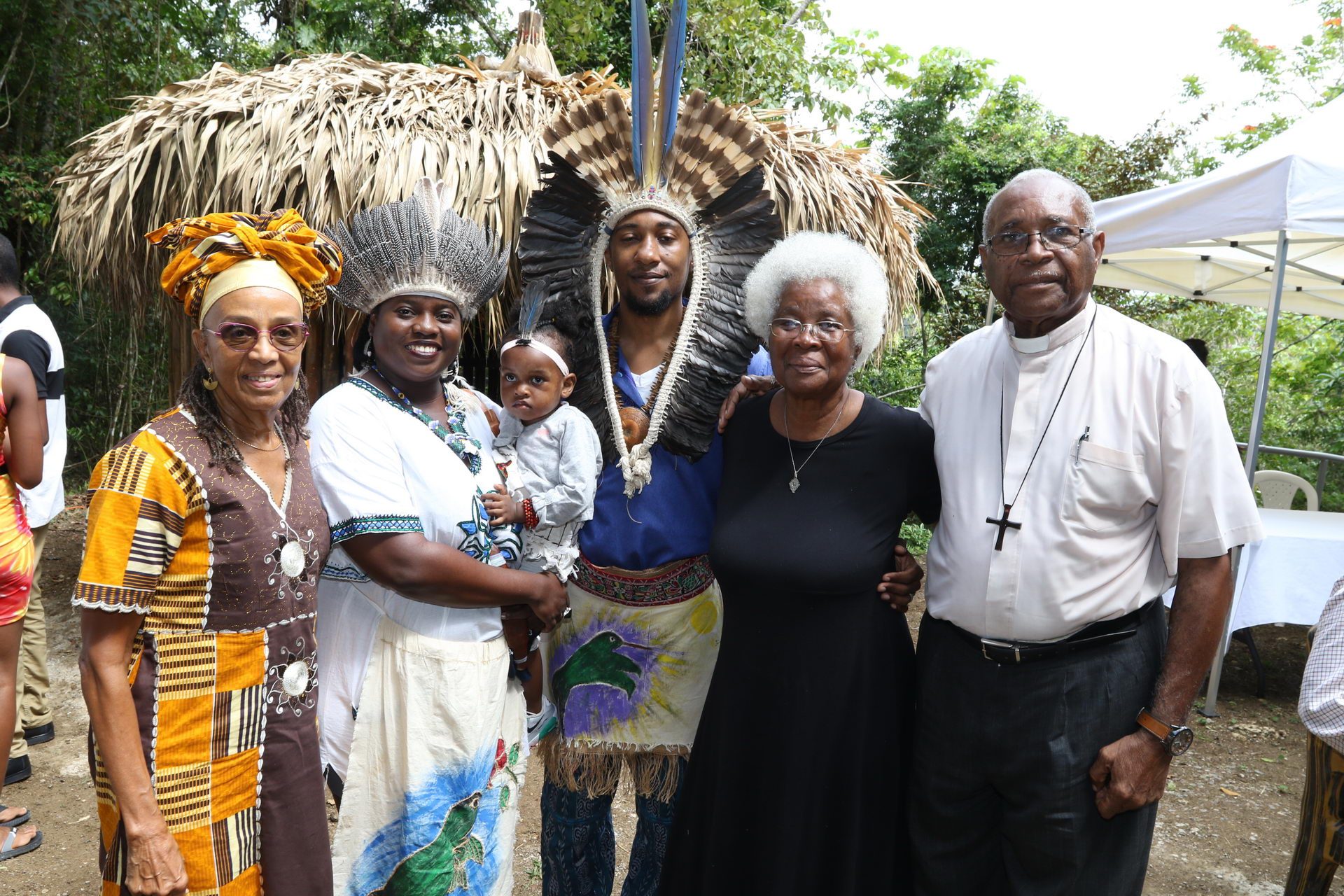
Q: What projects are you working on in Jamaica about the Tainos people?
We have done several presentations and supported the protection and preservation of our sacred sites throughout the island. We are now a part of Y.C.O.I.L – Yamaye/ Jamaica Council of Indigenous Leaders which includes our Maroon relatives and this body will be the central point for future dialogue with the government of Jamaica as it relates to indigenous rights and cultural diversity mandates.
We have established a strong network of Caribbean indigenous relatives from the Garifuna, Lokono, Kalinago, and Taino people from other islands with an aim towards cultural exchange, filling the gaps in our knowledge base and sharing the aspects of culture we have been successful in retaining.
Look towards many more work (Culture)shops, presentations, symposiums, press releases, short films in our language on our culture, books specifically on the Yamaye Taino of Jamaica, and many more.
Q: Thanks for your time and for telling us about the Tainos. Any closing thoughts?
I wish to strengthen the Spirit of my kin out there that have been told they are Arawaks by their elders, that have been told to lie when asked of their ancestry and claim Chinese or European because of their phenotype.
Spaces are being created to nurture our ancestral wounds, and for the Yamaye Taino of Jamaica to stand firm in our place among our relatives from other islands in this Taino resurgence the world is witnessing.
The technology is here to confirm the history of our families and we will rise to our role as the figures that stand by the mighty Caiman on Jamaica’s Coat of Arms, the Inaru (woman) that feeds the people, and the Igneri (man) that hunts and provides for the people. May ancestral wisdom that helped our people survive genocide help humanity through this great shift in the history of mankind. Yayabo Huma (Great Spirit be with you all) Heketiwa (We are one).
Photos – Carib Cement gallery from the opening of the Woodside Community Ancestral Garden.
